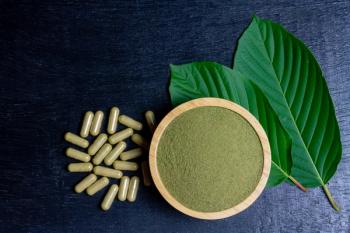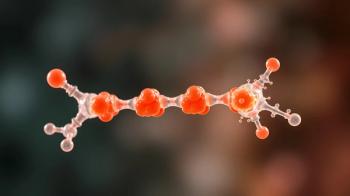
Study: Risk of Herpes Zoster After mRNA, Inactive COVID-19 Vaccines Increases
But results of analysis show that the positive effects of vaccination still outweigh the potential adverse events.
Investigators found an increased risk of herpes zoster-related hospitalization after the BNT162b2 (BioNTech/Fosun Pharma) and CoronaVac (Sinovac) and COVID-19 vaccines, though the absolute risk of these events were low, results of a study show.
The results, published in The Lancet Regional Health Western Pacific, also indicate that when the COVID-19 infection rate is higher, the protective effects of the vaccine greatly outweigh the potential adverse events.
Investigators used self-controlled case series (SCCS) analysis from data obtained from the electronic health records in Hospital Authority and COVID-19 vaccination records in the Department of Health in Hong Kong, China.
A SCCS analysis was specifically designed to assess vaccine safety and compare the risks between exposure and non-exposure periods within the same individual in the outcome of interest.
The SCCS analysis included individuals with a first primary diagnosis of herpes zoster in the hospital inpatient setting between February 24, 2021, and July 31, 2021. Another analysis was conducted to confirm the results with nested case control methods.
Each individual with herpes zoster was randomly matched with 10 individuals who were used as controls, according to age, Charlson comorbidity index, date of hospital admission, and sex.
Individuals were included in the study if they were aged 16 years or older, had their first diagnosis between the study dates, and received at least 1 dose of either vaccine in Hong Kong.
Additionally, Conditional Poisson regression and logistic regression models were used to help determine the potential excess rates of herpes zoster after both the inactivated virus vaccine and mRNA vaccine.
Between the study dates, a total of 27 and 16 individuals were identified as having a first primary hospital diagnosis of herpes zoster withing 28 days after the BNT162b2 the CoronaVac vaccines, respectively.
Investigators found that the incidence of herpes zoster for the BNT162b2 was 7.1 per a million doses administered, while the incidence for the CoronaVac vaccine was about 7.9 per a million doses administered.
In the SCCS analysis, the CoronaVac vaccination was associated with significantly higher risk of herpes zoster within 14 days after the first dose but not in other periods afterward compared with the baseline period.
However, the BNT162b2 vaccination showed a significant increase in risk of herpes zoster after the first dose up to 14 days after the second dose.
Using these rates, investigators estimated that there were approximately 7 and 5 excess cases of hospitalization resulting from herpes zoster per every 1 million doses of BNT162b2 and CoronaVa vaccinations, respectively.
The findings from the nested case control analysis had similar results.
More than 6000 and 2500 cases of herpes zoster have been reported through the Vaccine Adverse Event Reporting System in the United States and Yellow Card reports by the Medicines and Healthcare Products Regulatory Agency in the United Kingdom, respectively, the study results show.
Additionally, some case studies reported individuals developing herpes zoster shortly following an inactive or mRNA vaccination.
Reference
Wan EYF, Chui CSL, Wang Y, et all. Herpes zoster related hospitalization after inactivated (CoronaVac) and mRNA (BNT162b2) SARS-CoV-2 vaccination: a self-controlled case series and nested case-control study. Lancet Reg Health West Pac. 2022:100393. doi:10.1016/j.lanwpc.2022.100393
Newsletter
Stay informed on drug updates, treatment guidelines, and pharmacy practice trends—subscribe to Pharmacy Times for weekly clinical insights.


















































































































































































































